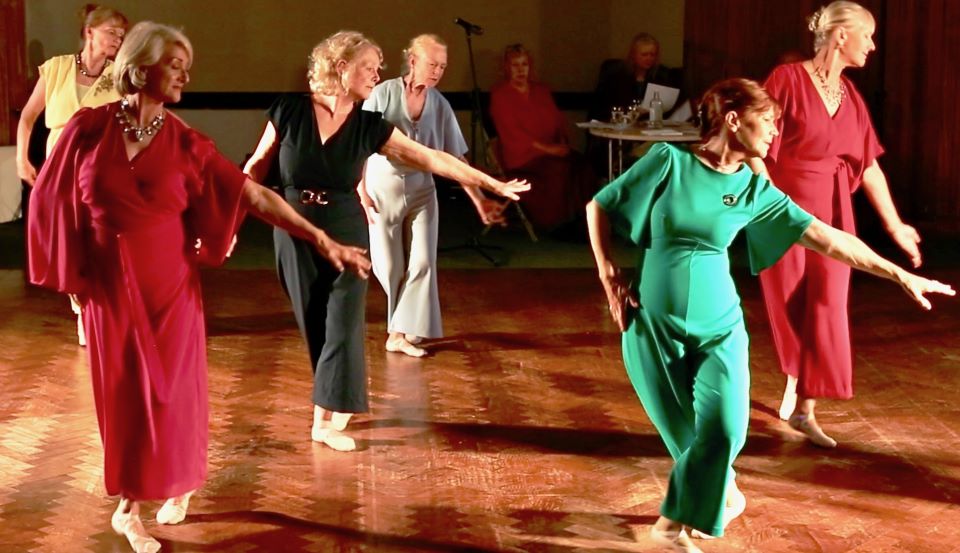Acclaimed journalist, author and political activist Barbara Ehrenreich explores the darker side of positive thinking. View a video of her lecture at the RSA that inspired this animation. Download a transcript of this video (pdf)
Related articles
-
Black History Month: Q&A with I. Stephanie Boyce
Deborah Ajia
The first Black president of the Law Society discusses how she overcame the odds to rise to the top of her profession, and is now helping to drive social change as an RSA Fellow.
-
Keep dancing!
Barbara Berkeley-Hill
Age should be no barrier when it comes to dance. Barbara Berkeley-Hill discusses how dancing can help older generations feel younger, happier and more connected.
-
Educators as curators in the age of AI
Alex Soulsby
With artificial intelligence able to support individualised learning, educators should act as curators of knowledge – cultivating creativity, critical thinking and other competencies to help foster deeper and more meaningful connections with each student.



Join the discussion
Comments
Please login to post a comment or reply
Don't have an account? Click here to register.
Brilliant and thank you.
She say's "Powerlessness" not "Perilousness". Though either might be apt. For more details visit
http://www.awake2000.com
I think the Ms. Ehrenreich missed the point in her lecture on positive thinking. The theory as I understand it and practice it is not as she states that "all you have to do is think positive thoughts and your world will change." Instead, it is that when you think positive thoughts, that thinking will encourage you to take positive actions, and those positive actions have a better chance at creating improvements in your life as compared to taking no actions. The opposite tack, to think negative thoughts, will cause a focus on negative possible outcomes and lessens a person's drive to want to take action thereby maintaining the same state as was started in.
Ms. Ehrenreich is accurate when she states we have collective power to create positive results, but that too is impacted by the individual and collective thoughts of the group. It is no fun, and it is not as productive to be in a group with a lone cynic or a bunch of negative people. Conversely, it can be great fun to be a part of a group that thinks positively and is willing to try different actions to create positive results.
Being delusional helps no one. But look at the examples of many people over time, Ghandi telling the people of India they could get their country back from the British, Kennedy telling Americans thay could put a man on the moon, and so many others. Did lots of people think they were delusional? You can bet the house that they did. And yet their positive thinking drove others to strive for something most would say was unachievable; yet they achieved it.
When I wanted to start a non-profit I asked 23 people who had already done so or who ran non-profits if they thought I could do it too. They ALL said no; I didn't have the education, the background, the experience, etc. Well I did start Leadership Pasadena, and we now have graduated over 200 leaders in our community. That all started with a vision that many said was delusional and with one person who wouldn't stop thinking positively. Now I lead workshops on writing positive visions for people's lives. Comments? Gregapodaca@hotmail.com
Crazy. Those who don't use the techniques of positive thinking, and have no experience with the improved outcomes making commentary about how cruel it is and how it doesn't work. I used to be more of a realist, more pessimistic, and I have grown into someone that works to control how much I allow my thoughts to linger on what's wrong with this or that. My life is much different, much better. Things do flow more easily to me in success. Actually making positive thinking work in your life is much deeper than just think a good thought and it shows up. You have to practice and work that just like growing a muscle. Consider taking a moment at the end of each day to list on a page the good things that happened. Do that for 30 days and see if it changes anything.
I think she misinterprets the point of positive thinking and I like her!